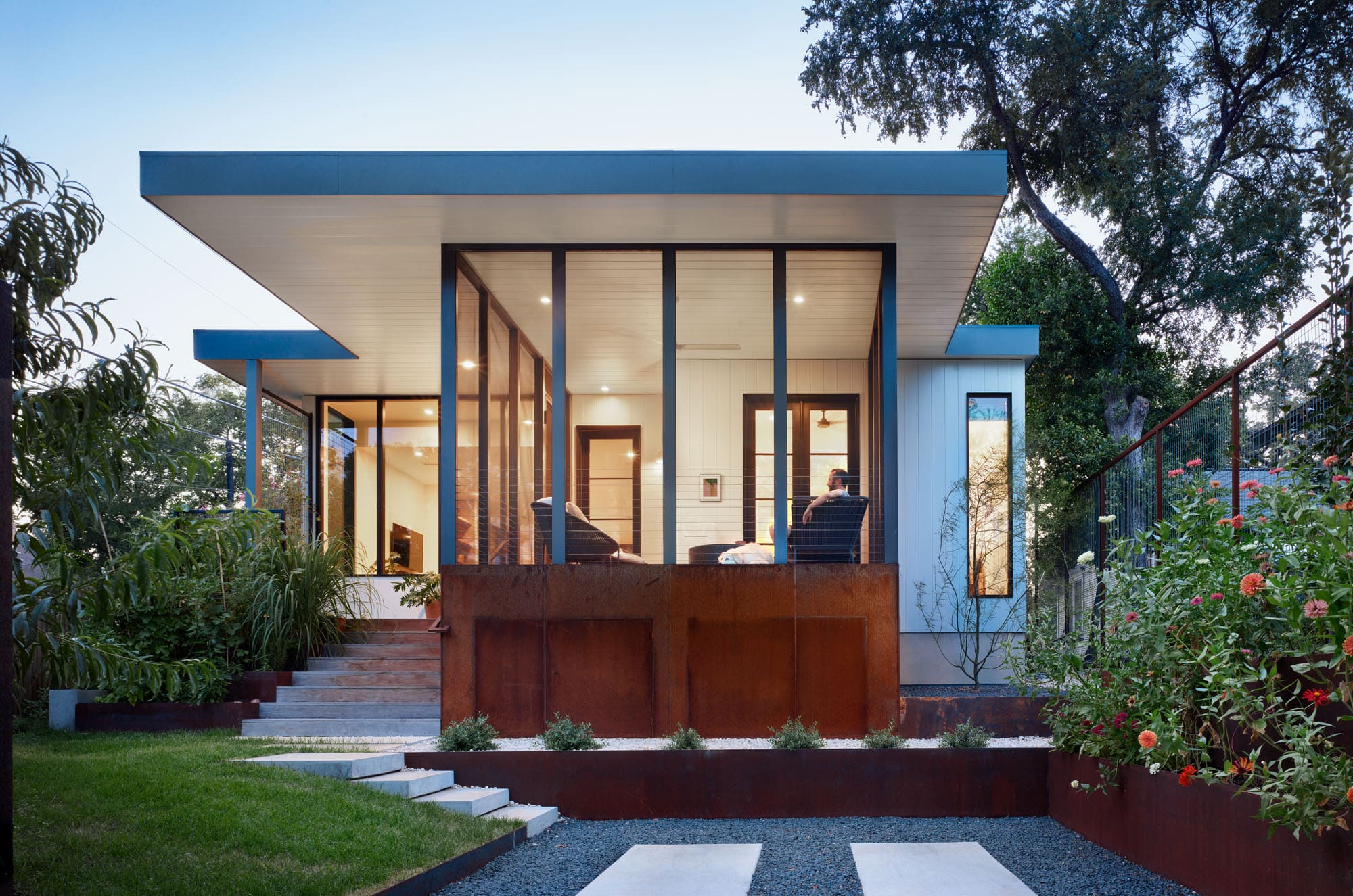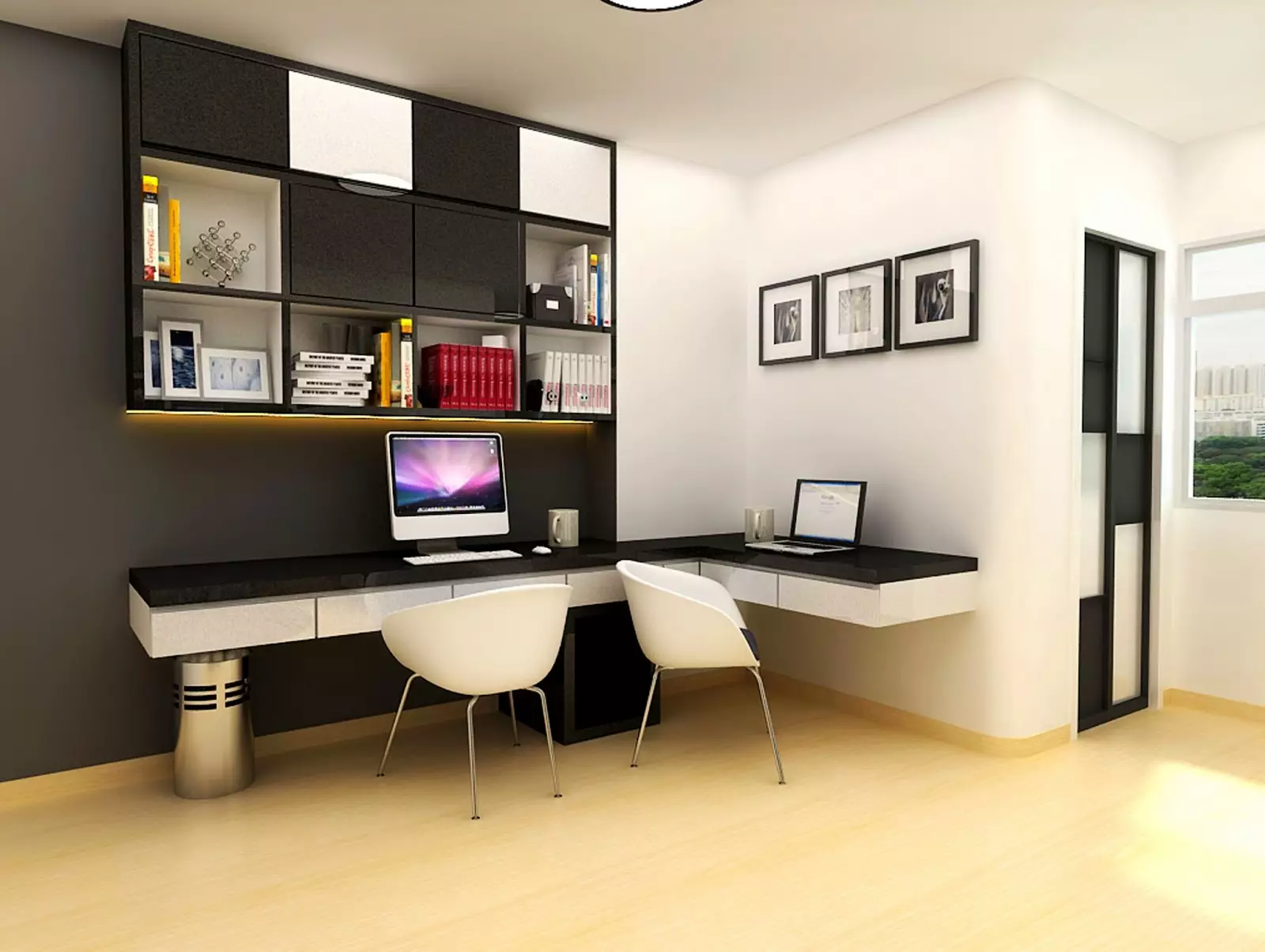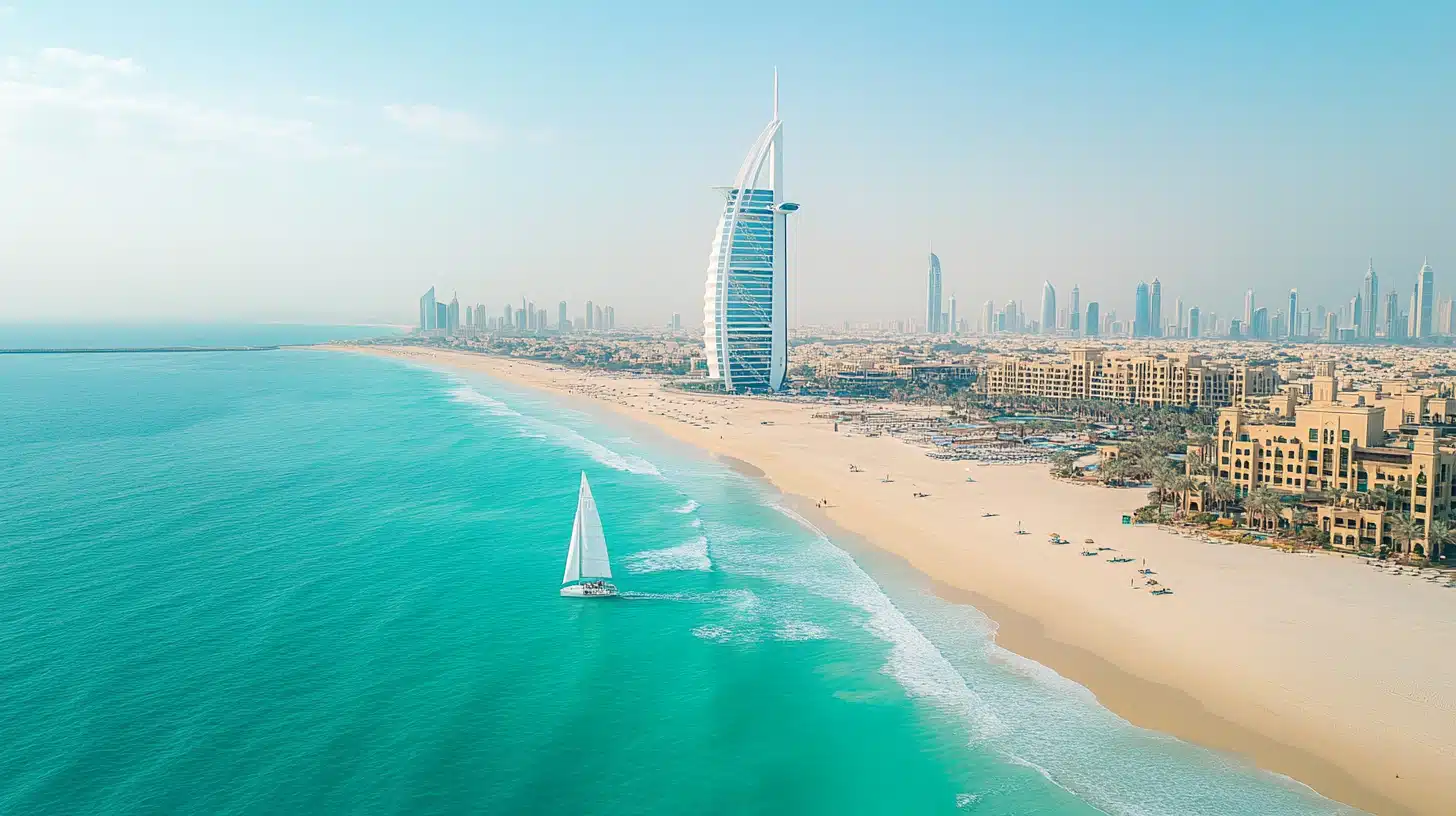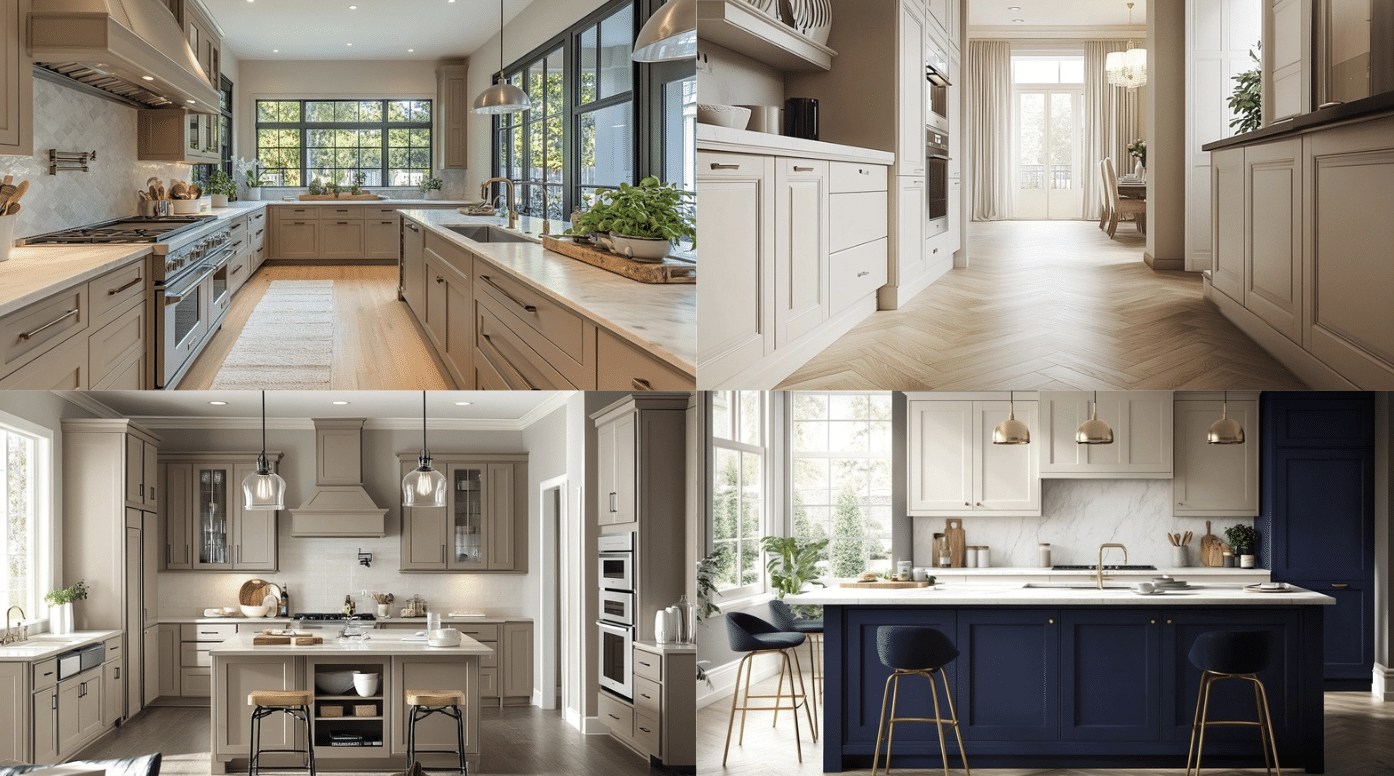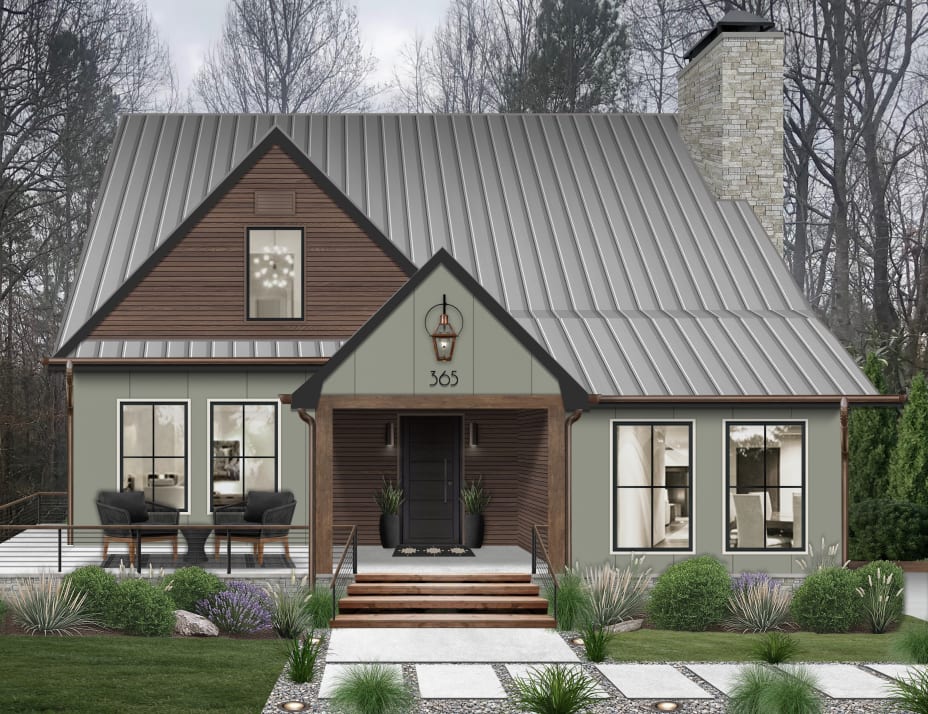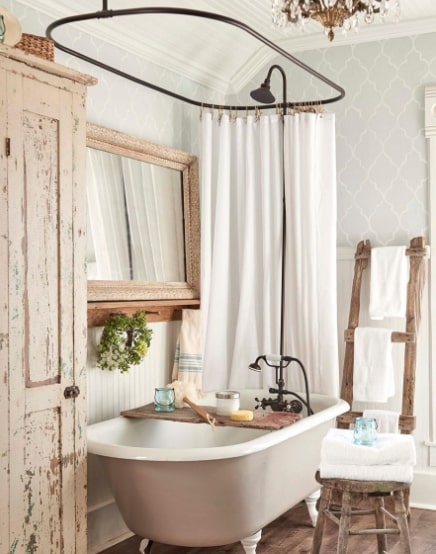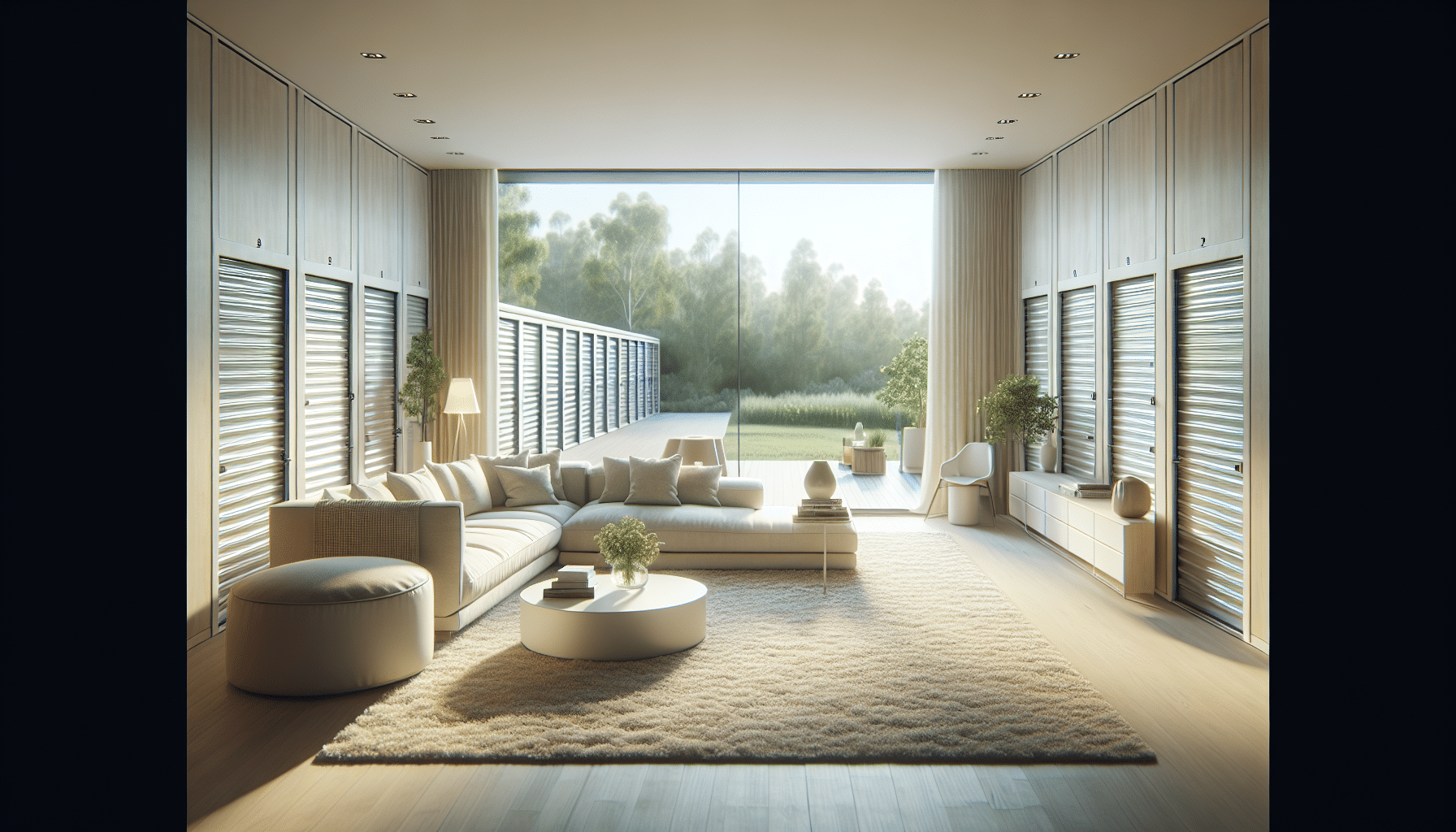The Benefits of Passive House Design Principles in Home Renovations
Renovations to one’s home provide a special chance to increase comfort, save energy expenses, and reduce environmental effects. These advantages may be further increased by incorporating passive house design concepts with these upgrades.
Let’s check the benefits of passive house design principles in home renovations.
What is a Passive House Design?
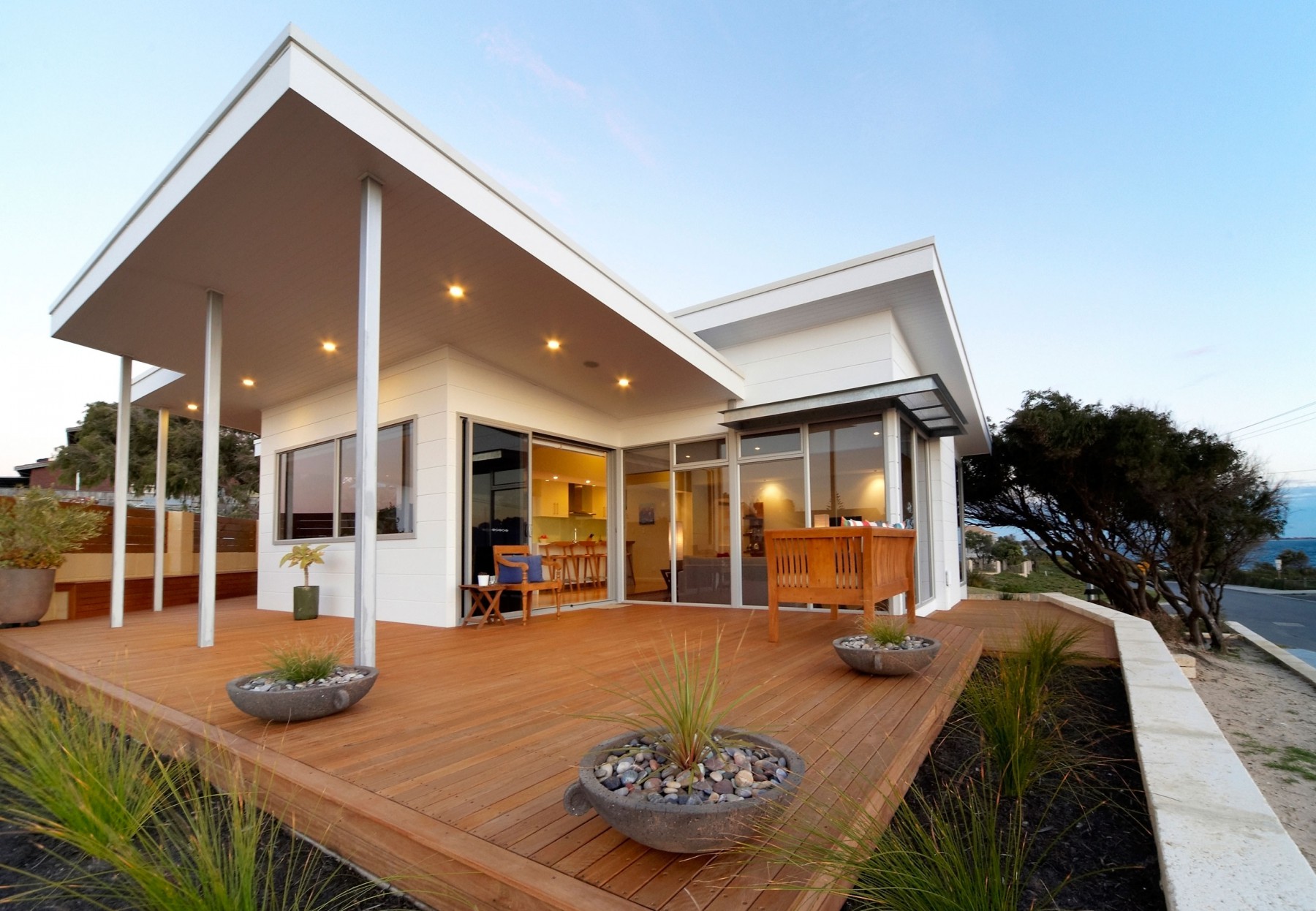
Imagine living in a home where you don’t need to use a lot of air conditioning or heating to keep warm in the summer and cool in the winter. Designing a passive house aims to achieve that. It’s a technique for designing houses that use extremely little energy to heat and cool. This is about building more wisely from the beginning, not about piling on additional devices.
The Key Parts of Passive House Design
The design of a passive house depends on many important tactics:
- Insulation: High-quality insulation keeps heat from escaping the home in the winter and from entering it in the summer.
- Airtight Construction: Prevents warm or cool air from leaking out of the house, maintaining a consistent temperature inside.
- Energy-Efficient Windows: Windows with low energy loss and increased insulation in the home are known as energy-efficient windows.
- Ventilation with Heat Recovery: This kind of ventilation maintains the majority of the interior air’s temperature while continuously supplying new air.
- Optimal Utilization of Internal and Solar Heat Gains: The home is built to retain the heat produced by appliances and people while making the most use of sunshine for heating.
Benefits of Passive House Design in Home Renovations
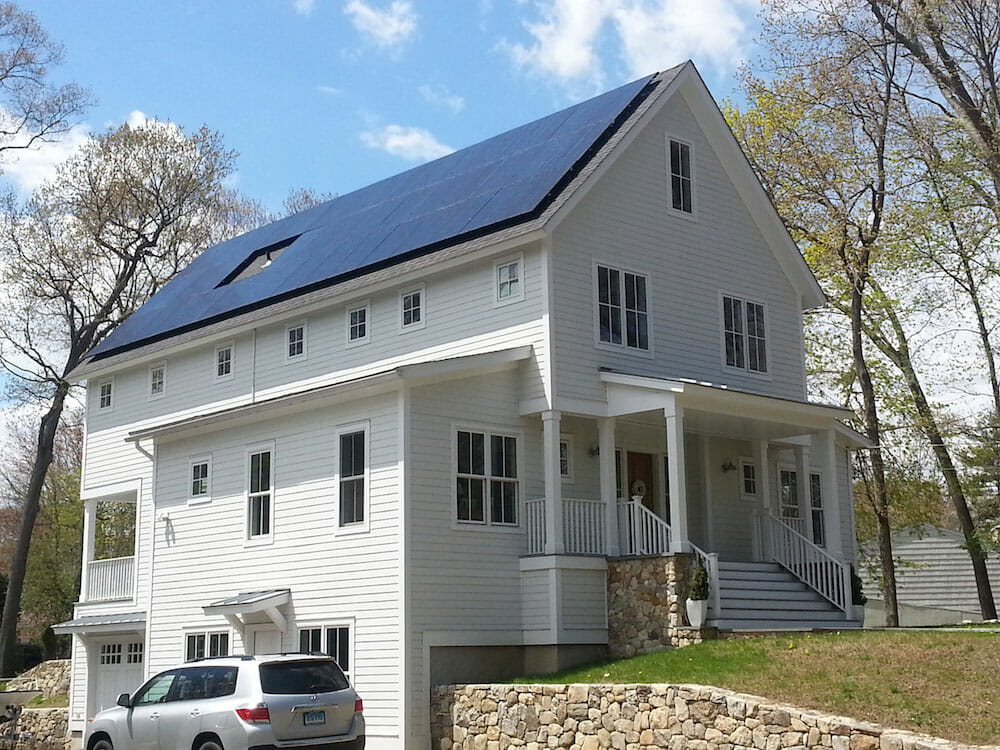
The Passive House design principles offer an approach to creating highly energy-efficient and comfortable living spaces. When applied to home renovations, these principles can bring a multitude of benefits, contributing to both environmental sustainability and improved living conditions. Here are the key advantages:
Improved Efficiency in Energy Use
Passive House design and renovation is centered around achieving high levels of energy efficiency. Superior insulation, airtight construction, and the thoughtful placement of windows and doors all help to accomplish this. You may significantly lessen the demand for active heating and cooling by using these components in your home makeover. For example, installing triple-glazed windows and increasing wall insulation may help you keep your house cozy all year long while using less energy.
- Better Air Quality Indoors
Indoor air quality is also essential in house design. Energy recovery ventilation systems (ERVs) allow for the constant supply of fresh air into the house and the extraction of stale air. Through this exchange, allergens and pollutants are reduced and a steady supply of clean air is guaranteed. An ERV is a great way to improve the health of your home while remodeling, and it’s particularly beneficial for those who have allergies or respiratory problems.
- Long-term Financial Savings
While the upfront cost of incorporating Passive House principles into a renovation might be higher than standard practices, the long-term savings are substantial. Lower energy bills, reduced maintenance costs, and increased property value all contribute to the financial viability of this approach. Furthermore, as energy prices continue to rise, the savings potential becomes even more significant.
- Durability
Passive House renovations typically involve high-quality components and careful construction techniques that can extend the lifespan of the building. The emphasis on airtightness and moisture management helps prevent mould growth and structural damage, ensuring the building remains healthy and durable over time.
- Reduced Carbon Footprint
By drastically reducing the energy needed for heating and cooling, Passive House renovations contribute to lower carbon emissions, aligning with global efforts to combat climate change. This can be particularly impactful in regions heavily reliant on fossil fuels for energy.
- Noise Reduction
The airtight construction and triple-glazed windows common in Passive House designs can significantly reduce outdoor noise, creating a quieter and more serene indoor environment.
- Future-Proofing
As energy codes become stricter and environmental concerns grow, Passive House renovations can future-proof a home against upcoming regulations and increase its market value. Energy-efficient homes are becoming increasingly sought after in the real estate market.
By focusing on energy efficiency, comfort, health, and sustainability, Passive House design principles offer a forward-thinking approach to home renovations that can benefit homeowners and the planet alike.

